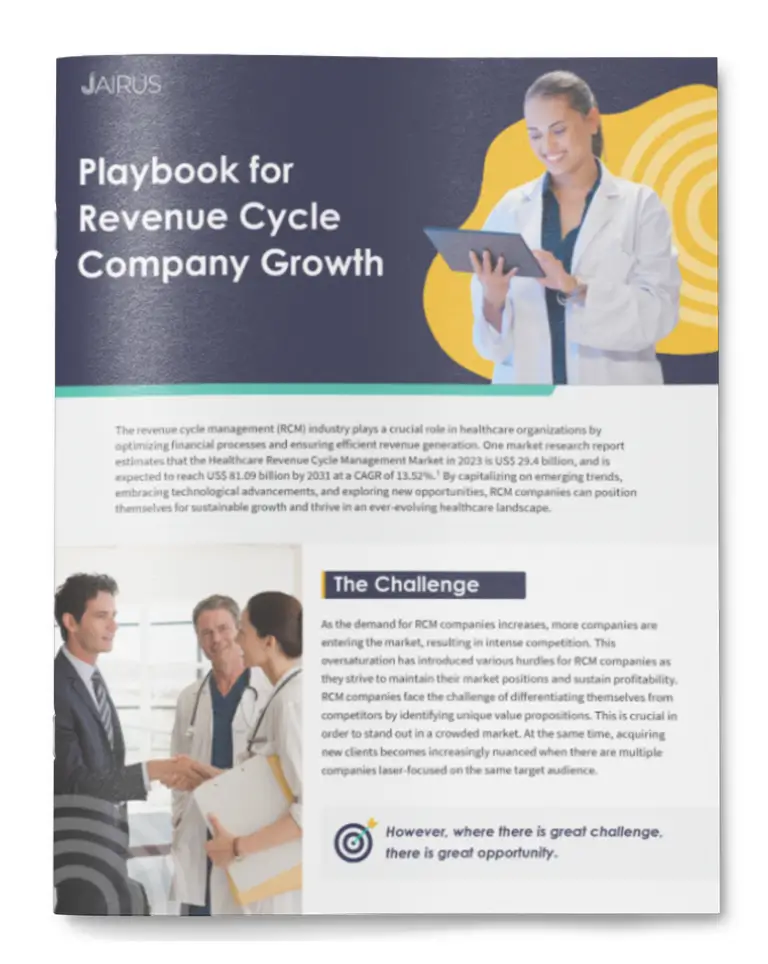Two years ago, marketing for a dental implant practice was easy. Simply put a couple of ads on Facebook, target the correct income demographics, and high-quality implant patients found your practice. Unfortunately, Facebook has changed their system so you can no longer target potential implant patients based on income. That’s made it much more difficult for dental marketers to find the right patients for a practice and it means that a practices advertising on Facebook have been flooded with prospective patients who may have a genuine need and desire for care, but don’t have the ability to afford the therapy. That can be frustrating to all parties, since the patient really wants to fix their smile and the practice really wants to provide that service, but needs to do so in a profitable manner.
So what is a growth-minded dental implant practice owner to do? Give up? Absolutely not.
While advertising online for dental implants has gotten more difficult, savvy dental marketers are using that fact to their advantage – separating themselves from the competition and connecting with the best patients online. While others are flooding their practices with “low-quality” Facebook leads who don’t show to their appointments, the best marketers are taking a multi-channel approach that consistently delivers motivated patients and educates them throughout the process.
If you are interested in growing your practice’s dental implant leads through digital marketing, here are five things you need to keep in mind:
Search Engine Marketing should be the main way patients find your practice.
For dental implant patients, motivation is the name of the game. Motivated patients show up to their appointments, they engage with the dental practice to build the right treatment plan, and they find ways to afford care. So, where do you find motivated patients online? Google. More broadly, you find motivated implant patients through search engine marketing on platforms like Google, Bing, or Yahoo.
By definition, patients who find your dental practice via a search engine are motivated to find a solution to a problem. Otherwise, why would they spend their time googling terms like “dental implants” or “how much do dental implants cost”? There are certain keywords that a prospective patient searches when they are looking to fix their smile and savvy practices are set up to connect with those patients when they search for those phrases.
There are two ways for dental practices to win in Search Engine Marketing. The first is paid advertising. Google, Bing, and Yahoo all have platforms that allow a practice to pay to show up in search results when someone looks for certain keywords. The platform is an auction between everyone willing to pay for the chance to talk with this pool of prospective patients. To win, a dental implant practice needs to spend the time building a strategy and then executing with skill to beat the competition. Done well, paid ads can provide a tremendous return on investment. Done poorly, it’s easy to lose a lot of money. The other way to connect with people searching for implants is through search engine optimization, or SEO. SEO typically takes months or years to rank for targeted keywords (especially highly competitive ones), but when done well, it positions the practice to win big in connecting with the best prospective patients.
Facebook is best used for retargeting / educating / building motivation.
One of the greatest aspects of social media marketing for dentists is a concept called retargeting. In short, once a practice identifies someone with interest in dental implants, the practice can serve Facebook ads to those people, and only to those people for as long as they would like. If a patient searches on Google for dental implants and visits your website, you can retarget them by providing educational materials, patient testimonials, messages from the doctor and staff, and special offers on Facebook to create affinity toward your practice, educating them to the implant process, and generally building excitement about the possibility of finally having that smile they are seeking.
While we would prefer that a patient searching on Google would immediately book into a consultation and move forward with care in the matter of a week or two, the reality is that making a decision to invest in dental implants can take months, or even years. Successful practices nurture prospective implant patients through retargeting for as long as is necessary to get them to come into the office – motivated and ready to move forward with care. Retargeting on Facebook is one of the two ways to do that.
You can use Facebook for first contact, but you have to be really targeted.
While Facebook did away with income targeting several years ago, there is one way to connect with quality implants patients on the platform – high-value interest targeting. So while it isn’t possible to target users on Facebook based on their income level (among several categories that were banned), practices can still target Facebook users based on certain interests that are correlated with income level. By carefully selecting those interests, and aggressively excluding others, it is possible to build an audience of desirable potential dental implant patients. Once that audience has been built, the practice can advertise to it with content that would only be relevant to those who may need implants. Over time, the practice builds a new audience on Facebook – a group of individuals who are qualified (based on your high-value interest targeting) and motivated (based on their engagement with the advertised content). Once built, this audience can be a gold mine of quality implant patients for the practice. This approach takes longer than running “cold” ads to a large population of Facebook users, but yields vastly superior results. Additionally, only the practice can specifically target this pool of desirable patients, reducing competition and increasing the ROI for Facebook marketing campaigns.
Use Email / Texts to educate potential patients throughout the process.
Motivation is a bucket with a hole in it. It is extremely common for implant patients to get cold feet and skip their appointment. How do you keep motivation high? Constant contact. Unfortunately, it is not practical to call prospective implant patients daily to check in and keep motivation high. Instead, successful practices use carefully crafted emails and text messages to automate much of the patient motivation outreach. These automations might include patient testimonials, messages from the doctor and staff, useful information about the healing process after implants are placed, or other content to address many of the questions implant patients might have. By segmenting the patient journey into steps, the practice can provide the right content at the right time. For example, the practice can show it understands what the patient is experiencing by providing a video on what to expect during the first visit delivered the day before the initial consultation. Sending a text expressing the practice’s excitement to meet on the morning of the appointment helps with show rates.
Many practices are intimidated to produce their own content for these communications, but they shouldn’t be. A 60 second welcome video shot on an iPhone is all that is necessary to build the library of content that will keep motivation high in prospective patients and increase the number of patients moving forward with care.
Use Email and Facebook to keep in touch with patients not ready to move forward yet.
As mentioned before, for many prospective implant patients the decision to move forward with implants is a lengthy one. While some patients that find the practice via a search engine are ready to receive care today, most will not.
To succeed in the long run, it is important to build an ever-expanding pool of potential patients who will eventually choose the practice for care. As mentioned before, Facebook is an excellent way to do that. Retargeting allows a practice to share content directly to this group of individuals. The other tool is email.
While many complain about being bombarded with email on a daily basis, the fact remains that email remains the most cost-effective method of marketing. Once a practice has a person’s email address, it is essentially free to send them content (assuming proper SPAM laws are being followed). With email automation systems, a practice only needs to write an email once to communicate with everyone in the database.
By taking a proactive approach and sharing relevant content that a prospective dental implant patient would care about, the practice generates a tremendous amount of goodwill and brand recognition in the eyes of the patient. Sophisticated email systems also allow for lead scoring – a system of determining who is engaging in the content in a way that warrants a phone call from the office. This ensures that the right patients are contacted by the office and that the office staff is efficient in their outreach.
The past two years have changed how dental practices use digital marketing to grow their dental implant patient base. Gone are the days of Facebook-only efforts that yield tremendous results. Now, dental implant practices must use a multi-channel approach to grow their procedure volume and by doing so, are seeing incredible growth. Incorporating the five keys to success that have been outlined is a great first step to a building a successful, sustainable, profitable digital marketing strategy for growing the practice’s dental implant procedures.


